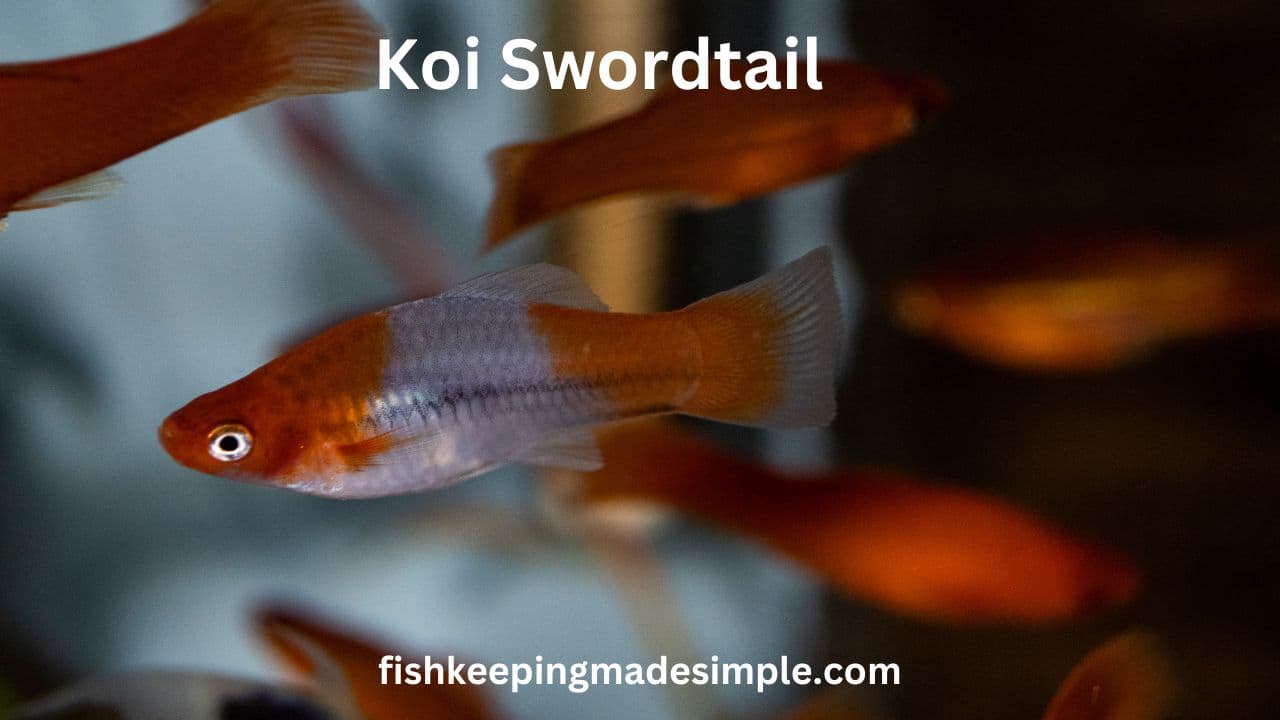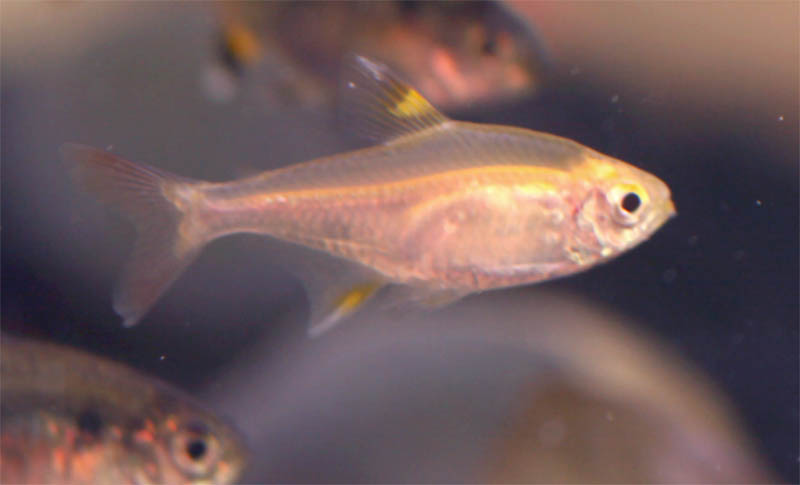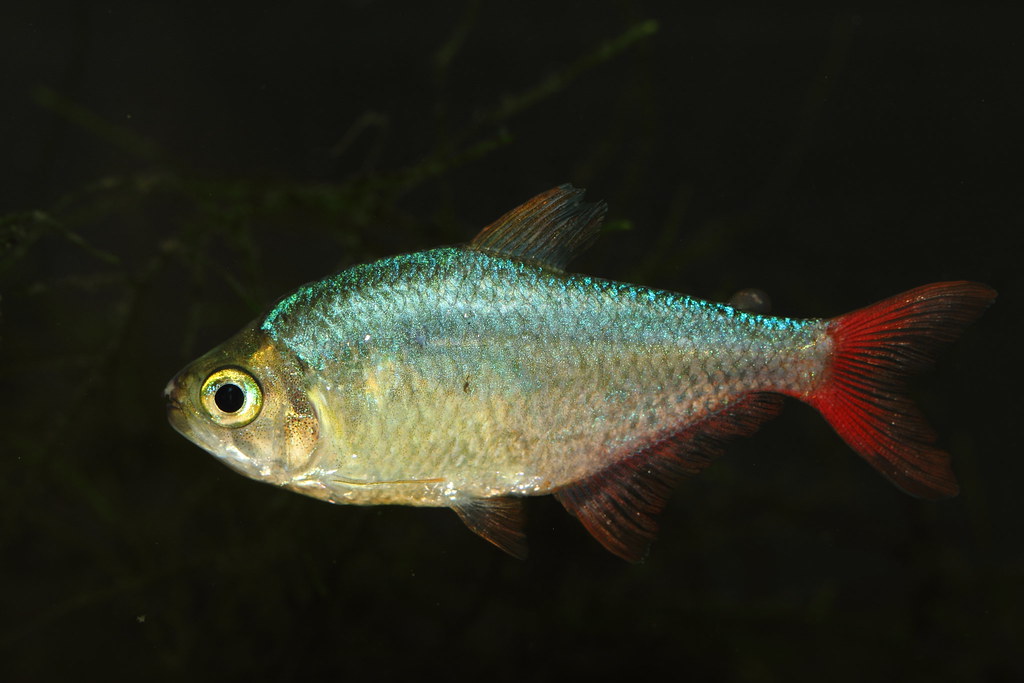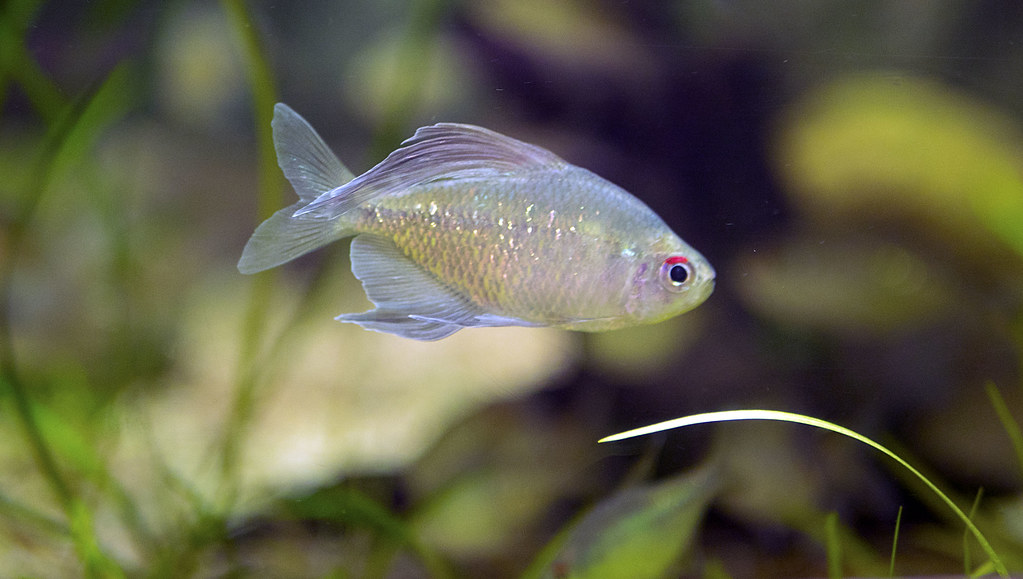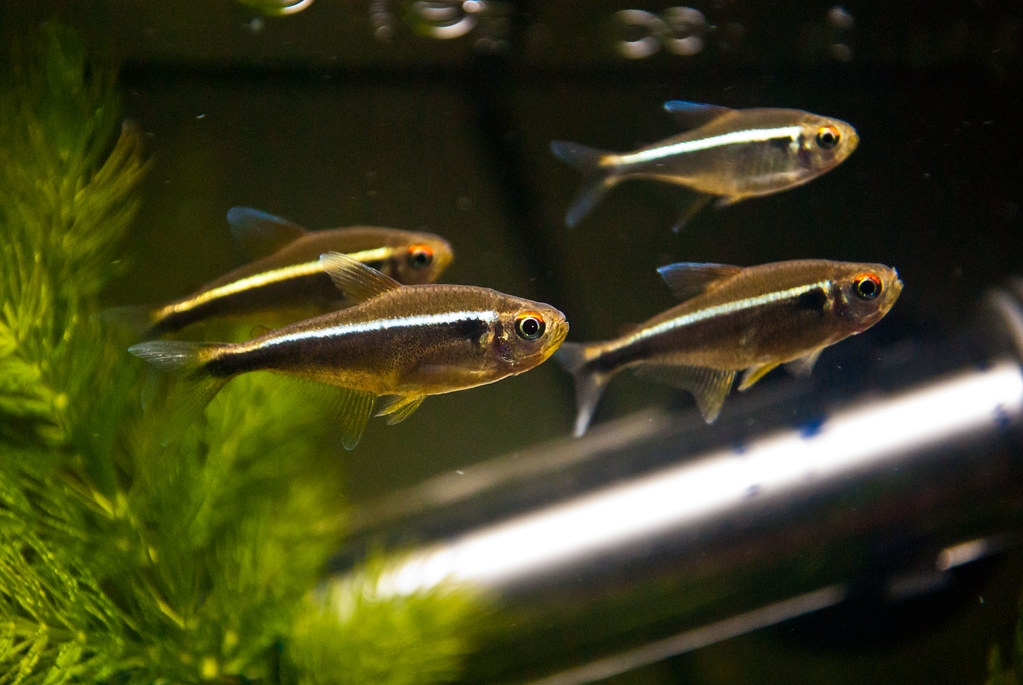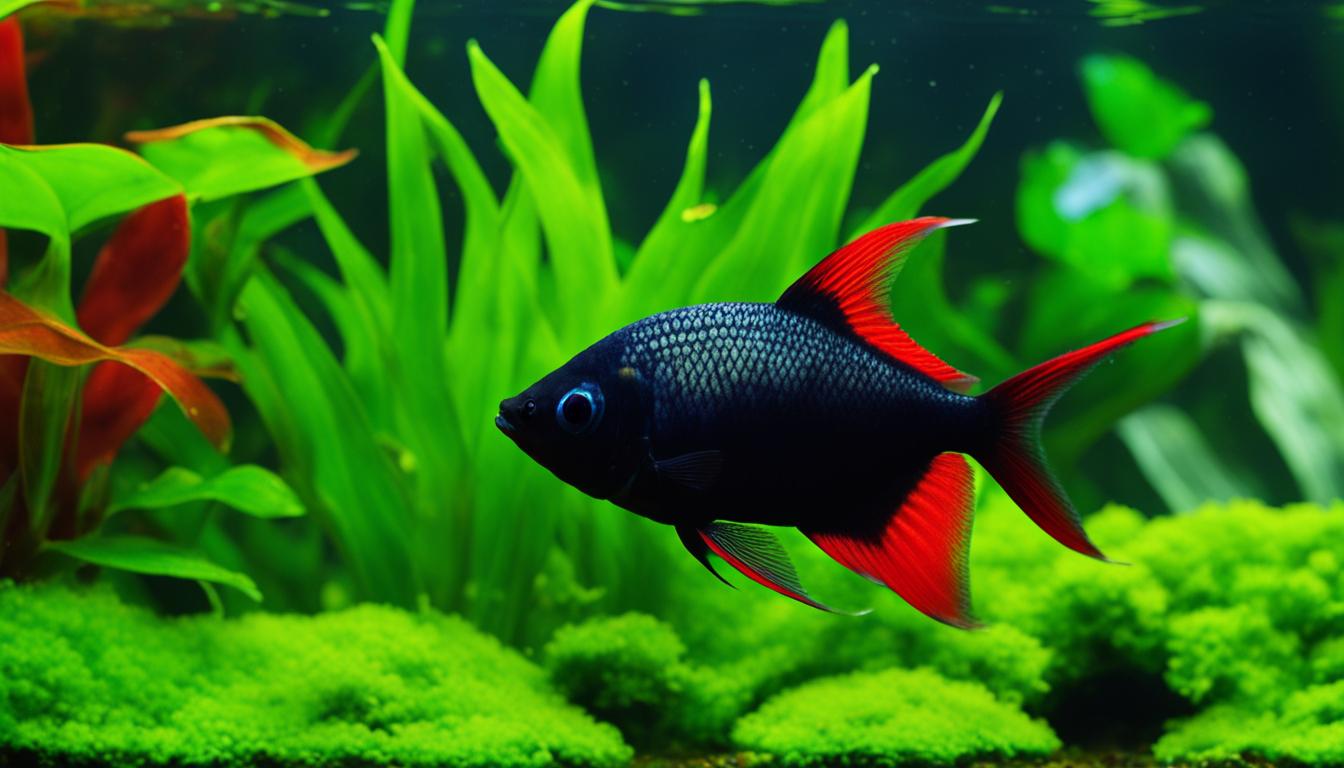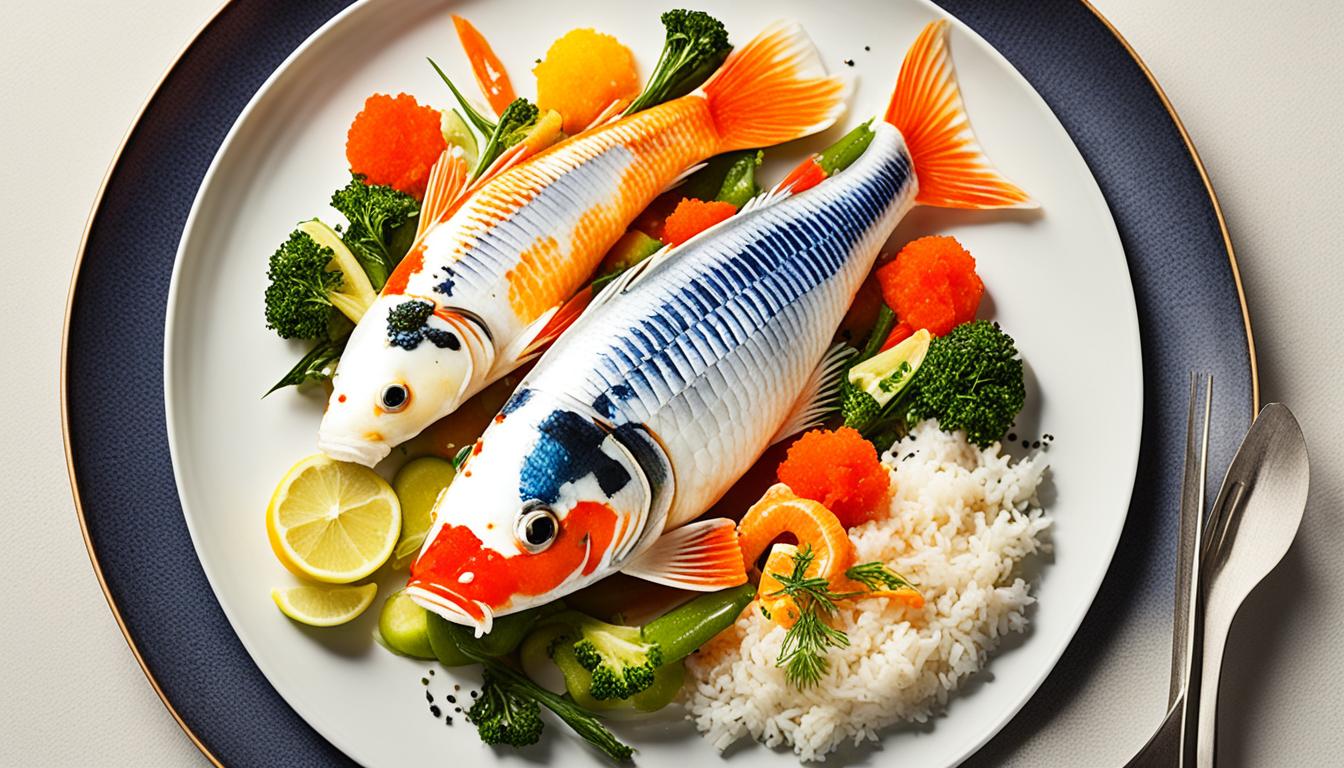Table of Contents
Introduction
In this article we will be look at how to breed ram and everything you need to know on how to raise them and how to grow them out.
Rams are not definitely an easy fish to breed they are in Cichlid family and they are similar in a way to Discus fish breeding as they are sensitive to water parameters and fluctuations in temperature.
Please follow the steps listed below and you will get success in breeding, if you are starting out for the first time then it might take few times to get success with breeding.
How to choose a Ram pair?
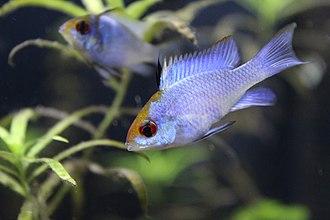
Buy a 6 to 8 Rams from your local store or local breed and raise them. Like other Cichlids once they are mature the dominant male and dominant female will pair up. You can then separate them out into a different tank and start the breeding process.
How to sex them?
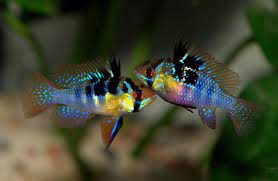
Like other Cichlids it is not easy to identify male and female but there are few things which you can use as a guidelines for identifying them.
In black rams in the middle the black rams have some spangling inside the black colour and males wont have any spangling. Females also have rounded belly when they are carrying eggs.
Males will have pronounced rounded fins while Females don’t.
The best way is to get a large group of Rams and leave them to pair themselves out, this is the recommended way to get the right sexes.
Tank Size and Setup
It is best to get a 20-gallon breeder for breeding Rams and have a fine substrate like sand or aqua soil. Since they are Mikrogeophagus they are freshwater cichlid that normally feeds off the bottom substrate, they like to sift the surface or sand and create a pit before they start the breeding process. Once the eggs hatch out they will move them to the sand pit.
Ensure the tank temperature is high at 78F to 86F or 26C to 30C they like warmer temperatures throughout the year. You can either keep a planted tank or ensure that you have a moss or spawning mop in the tank as it provides protection for the female to hide since they are quite aggressive during breeding times.
Rams like to lay eggs on a glass surface or anything else so it can be a rock or tile or any other surface and ensure this is well protected by a broken terracotta pot or anything other stuff which provides protection or security to the Rams otherwise if they feel threatened in anyway they will eat the eggs.
You can use a sponge filter to keep the water oxygenated but ensure that it is controlled and low otherwise it might suck the babies out into the filter once they hatch out as they are quite tiny.
It is also good to add few dither fish like guppies, rainbows or other fish, this will help the reduce the aggression of the male and they tend to guard the eggs or babies better when there is dither fish around.
Conditioning of the Fish and water parameters
Rams like soft water so if the TDS is below 100ppm would be ideal for them, you can also use RO water if in case you can have hard water in your area.
PH can be in the range of 6.5 to 7 and even if it goes slightly higher to 7.5 it still fine.
To condition a Ram for breeding it is better to use to any live food like baby brine shrimp, black worms or others. I would always recommend to use baby brine shrimps and they give excellent results. Condition the fish for couple of weeks and then they should be ready for breeding.
Are they ready for breeding?
Once the Rams are ready for breeding they will clearly give out signs like they clean the surface on which they are going lay eggs, create or sift the sand to create like a pit.
They will then start laying eggs. Adult or mature females will lay upto 200 eggs but if they are new they might lay only around 30 to 40 eggs and this will increase once they become more mature after every breeding cycle.
Once the eggs are laid by the female, the male will immediately follow the female and fertilize the eggs and the entire process might take around couple of hours.
How to hatch the eggs out?
If you leave the eggs with the parents the eggs will hatch out after 48 hours and the parents will take care of them and grow them out.
If you are a breeder and you don’t want to wait this process, you can take out the stone or any surface on which the eggs are laid out and put them in a different container and hatch them out. Put an air stone into the container so that you are oxygenating the water well.
Add a few drops of methylene blue or any antifungal as unfertilized eggs will turn white and will cause fungus to other healthy eggs so to prevent this antifungal is used.
After 48 hours you will see eggs hatching out, they will be wrigglers for few days and they will start swimming free after that.
How to grow them out?
Once they are swimming free you can start feeding them live baby brine shrimps. You have to follow this whether they are with the parents or kept separately. Feed them with baby brine shrimp as they are excellent source of protein and feed them atleast 3 to 5 times in a day. You can feed them brine shrimps for month and half and after that you can start feeding small or fine pellets. If you are allowing them to grow with their parents you can separate them after two weeks. Once you can separate the babies the parents will be ready to breed again within 2 weeks after you condition them.
Please ensure that you are moving the babies into a bigger tank after one week of hatching once they have started taking brine shrimps otherwise their growth will be stunted, they need a lot of space to grow out.
Conclusion
If you provide the right conditions for the Ram and select a good pair for breeding you will have lot of success. If you have a new pair you might have some time for the pair to succeed to lay the eggs and hatch out them, initially you might see new pairs eating the eggs after laying it.
Once the eggs hatch it is very important to take care of them, so the first 3 to 4 days from the eggs to wrigglers to free swimming to taking live food is the most important phase to get successful clutches of babies so take extra care during this time, please also ensure water is clean since you need to feed lot of times for the babies and water tends to get dirty.
If you need some clarifications please do reach out to me at
contact@fishkeepingmadesimple.com
Thanks.


